What nurses think about their portrayal on television
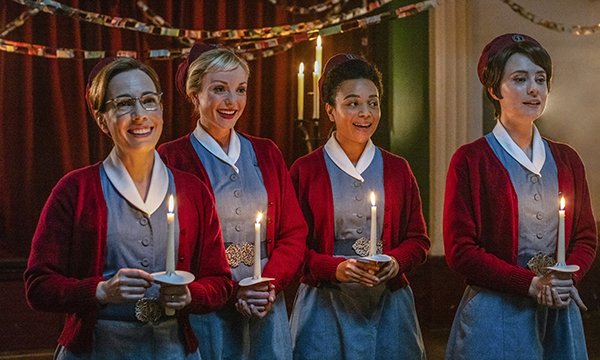
From Call the Midwife to 24 Hours in A&E, staff talk about healthcare on the small screen
- Nurses vote Call the Midwife the fictional programme that gives the most accurate portrayal of healthcare
- But 44% say no single TV drama shows reality, with little screen time given to waiting for test results, writing up care plans or working without a break
- Some survey respondents say watching hospital dramas is too much of a busman’s holiday after a hard shift, but others find them motivational

With gripping life or death situations, warring colleagues and a few love triangles thrown in, TV shows set in fictional healthcare settings have long been regarded as must-see viewing.
And nurses will be among the millions of people tuning into one of the TV events of the festive period: this year’s Call the Midwife Christmas special.
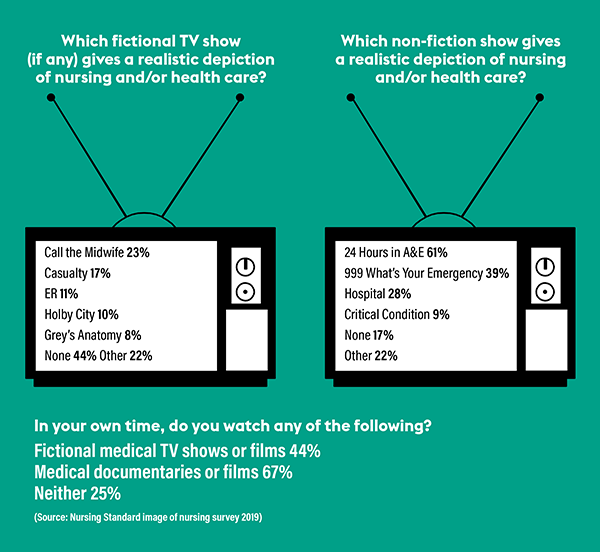
Call the Midwife comes top for realism
A Nursing Standard survey of more than 2,000 nurses voted Call the Midwife as the fictional programme that gave the most accurate portrayal of healthcare.
The TV show, which will see the 1960s community midwives travel to the Outer Hebrides this Christmas, gathered 23% of the vote.

clinical drama, but does it give an
accurate portrayal of nursing?
It was followed by Casualty, the world’s longest-running clinical drama, which began in 1986. A total of 17% of our respondents said it gave a realistic view of the profession.
But for 44% of respondents, none of the television offerings show what it is truly like to be a healthcare professional.
TV portrayals of nurses can be frustrating
Nurses describe shouting at the TV in frustration at the way they are portrayed, as there is little footage of staff waiting for test results, writing up care plans or working for hours without a break.
Respondents said both fiction and non-fiction programmes are mainly interested in adult acute nursing, with rarely any sign of mental health or learning disability nurses.
8.7 million
viewers tuned into the Call the Midwife Christmas special in 2018
When patients with mental health issues are included, they are generally shown in a ‘bad light’, said one respondent.
‘We watch Holby City and never see a bed pan, or patients shouting abuse, or nurses desperately trying to document notes on the computer,’ one nurse says.
Nurses still portayed as ‘handmaidens’ to doctors
‘The fictional series show nurses and doctors taking tea breaks when they like, flirting on social media, picking up syringes that others have prepared with unknown drugs and administering them, and having meltdowns in the staff room.’
Many fictional programmes that suggest they portray the modern NHS do not demonstrate the breadth and skill involved in nursing, respondents said.

the bed pans?
Nurses are generally portrayed as being ‘handmaidens’ to doctors, reinforcing dated ideas about the profession, several respondents suggested.
‘Fiction roles fall into stereotypical casting and frustrate the living daylights out of me,’ one nurse says. ‘Nurses are autonomous practitioners. Professionals. We know what we are doing and play a major role in providing appropriate care. Most of my work never involves medical staff. I meet, assess, plan, prescribe care and follow up through my own knowledge, ability and skill. Working with my patient to help them achieve their goals.’
Call the Midwives midwifery adviser Terri Coates says that accuracy is important to the team behind the hit BBC programme. The TV series began portraying the experiences of midwives in impoverished east London in 1957 and has now reached the mid-1960s.
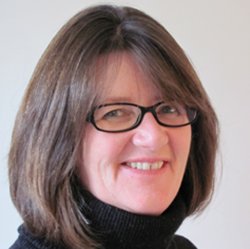
Call the Midwife
Call the Midwife strives for accuracy
Ms Coates, who worked clinically until last year, provides advice at an early stage and works closely with the directors and the cast on set during filming to ensure accuracy.
‘While I have to remember that we are working on a drama and not a documentary, we try and maintain as much accuracy as possible,’ she says.
‘We use appropriate vintage equipment, which understandably has it own challenges. I was taught by midwives, doctors and nurses who practised in the 1950s and 1960s. The clinicians from this era have a wealth of knowledge, and when approached for advice have been happy to help us maintain the programme’s accuracy. I also have a number of textbooks from the era and all the clinical facts are double-checked.’
Ms Coates says that nurses and midwives are often ‘dismayed’ at how they are portrayed in drama.
‘It’s not just about how the clinician looks on the screen but how they interact with patients and colleagues,’ she says.
Portraying the art and science of the profession
‘On Call the Midwife I think we manage to show professional art and science and demonstrate the complex roles of the midwife. I like to see empathy and the small touches that patients remember, portrayed alongside juggling vintage sphygmomanometers, or looking competent using forceps.
1986
The year BBC drama Casualty first hit our screens
‘I hope that today’s midwives or nurses could imagine being part of that team delivering excellent care.’
The programme certainly struck a chord with some nurses, who talked enthusiastically about the show in the survey.
‘It is realistic about the past,’ one said. ‘I would like to have worked then because they seem to have had more time for patients and it was actually person-centred.’
When it came to watching clinical programmes, 44% told the survey they watched fiction, and almost seven out of 10 watched health-related documentaries.
‘Charlie Fairhead inspired me to go into nursing’
For some, settling down to watch programmes about nursing was too much of a busman’s holiday after a hard shift, but others found them motivational. One respondent said the character of Charlie Fairhead on Casualty inspired them to go into nursing, and another chose the profession after watching Angels in the 1970s.
When it comes to non-fiction, 24 Hours in A&E, the fly-on-the-wall documentary set in a London emergency department, came out top with 62% endorsing its realistic portrayal.
Coming second with 39% of the vote was 999: What’s your Emergency?, and third was Hospital with 28%.
Many respondents praised documentaries for portraying the working lives of nurses; for some, they provided inspiration and learning opportunities.
Documentary series do not always show the realities of nursing life
But respondents’ comments suggested that even documentaries can be more sanitised than the actual experience of working in an over-stretched department.
One respondent who works in an emergency department says documentaries don’t ‘show the behind-the-scenes stresses such as maintaining your clinical performance indicators and when they are short-staffed, moving patients quickly so they don’t [end up doing] corridor nursing’.
Another respondent says they ‘don’t show the daily grind of stress and pressure put on nurses for discharges, beds, boarding extra patients in corridors, delays with transport, miserable patients/family made to wait for meds to take home, bullying by managers, juggling unwell medical patients while supervising patients with dementia while they wander, hit out and fall’.
For others, programmes in a clinical setting were just too close to the work they were doing all day. ‘When I get home, I keep away from anything medical as I've already spent 12 hours on it hands-on,’ said one weary respondent.
24 Hours in A&E: 'real life in real time'
When it comes to television viewing, 24 Hours in A&E is the standout documentary for nurses.
Six out of 10 nurses told a Nursing Standard survey they have tuned into the fly-on-the-wall Channel 4 programme.
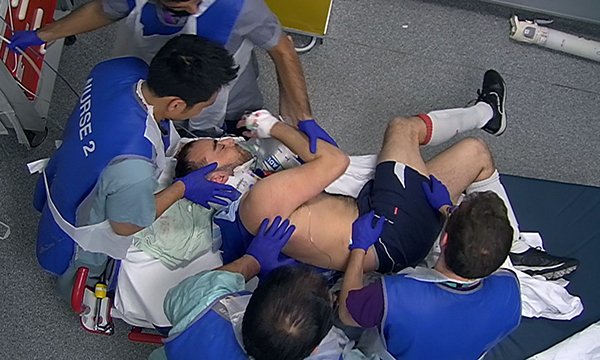
in a major trauma centre in south London
The experiences of a handful of patients are followed in every episode in the busy emergency department at St George’s Hospital in Tooting, London.
The programme, which was praised for its accuracy by many nurses responding to the survey, is now on its 19th series.
It captures some of the drama, pressure and emotional impact the job has on staff.
'Warts and all' look at what nurses do
Tori Cooper, head of nursing at St George’s Hospital’s emergency department, says most of the cameras are mounted on the walls and ceilings, and the filming is remarkably unobtrusive.
Filming generally takes place from March to April every year, and staff in the ED – which is a major trauma centre and specialist centre for cardiac and stroke services – quickly get used to being recorded and carry on as normal.
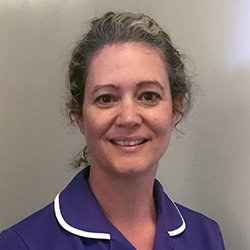
ED Tori Cooper: 'I am enthused and
inspired by my team every day'
‘What’s so good about the programme is that it is real life in real time,’ says Ms Cooper, who works at the department that sees between 450 and 500 patients a day. ‘I was worried I would be on tenterhooks, but we forget the cameras are there. As healthcare staff we are good at just getting on with our jobs. I started when the current series was filming, and there is no difference in how the department runs when it finished. That’s why it is good, it is a warts-and-all look at what we do.
‘All staff have a choice whether to be seen in the programme or not, and there is no pressure.’
‘The ED is a cross section of society’
Ms Cooper says she hopes the programme demonstrates the incredible variety of careers available within healthcare, and the privilege of being with people during emotional and difficult times. ‘Nursing gives you opportunity beyond measure and connection beyond measure in terms of the people you meet, and what you see,’ she says. ‘The ED is a cross section of society and it really is the length and breadth of humanity.’
She believes the programme’s authenticity helps it appeal to nurses, and also shows the ‘solidarity with our profession’.
Ms Cooper is proud the department comes across positively. ‘I want people to be enthused and inspired by the programme, because I am enthused and inspired by my team every day. The skills and knowledge that the team has is amazing, and I want that to shine through.’
In other news
